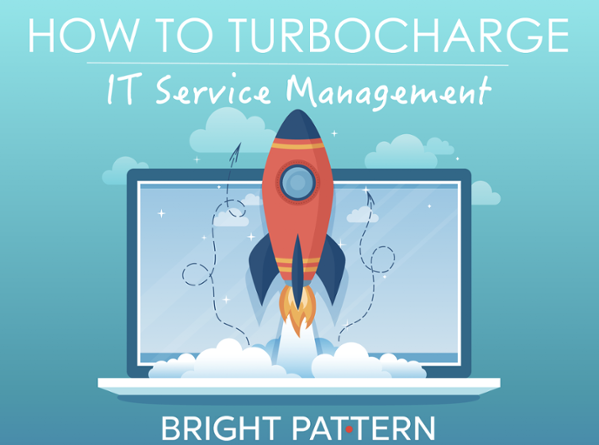Innovation is extremely important for CIOs, since it is the key driver for investment in IT Service Management. Innovation means the need to integrate new technologies that will make service management processes more efficient and effective.
IT service management consists of structured processes and best practices that define each element of designing, delivering, managing, and improving IT services within an organization. Innovative technologies can help automate time-consuming ITSM processes including incident management, service catalog, problem management, and change management. Each of these processes and the fulfillment workflow that supports the process includes activities and tasks that are well-defined and repetitive. Tasks including status updates, approvals, password resets, and outbound notifications are extremely tactical and tedious for IT organizations.
In an innovative IT organization, automation is the key to reducing the number of redundant activities and streamlining the user experience while increasing efficiency and improving the speed of performance. Automation of basic work can reduce the volume of tasks that IT organizations need to handle, freeing up personnel to focus on more strategic initiatives. Automation creates scalability and agility that is not offered by any other solution, and is the only path to ensuring truly 24/7 support to end users. Even when normal help desk hours end, automation can assist users after hours.
Automation is a natural fit for many different tasks and business processes across IT service management. One example is automated password resets. Although password resets are relatively simple requests for the help desk, they are one of the most common, making password resets very redundant and time-consuming to manage. By automating password reset, call volumes can be reduced by 20-30% and end users can be assured they are able to reset passwords 24/7, 365 days a year.
Another application is through automated status updates of service requests. End users are often curious about the status of a service request and the time required to resolve their issue. Through automated status updates, you can keep end users up-to-date and further reduce call volumes to the help desk.
Beyond enhancing the customer experience, automation can also empower analysts and IT personnel. A couple of ways automation empowers analysts is through automated attachment of activity history and call recordings to incidents, along with automated routing and escalation of incidents to the right personnel. By getting end users to the right resource quickly, and by providing information quickly and efficiently to the analysts, analysts can assist the end user quickly and efficiently.
For the full guide on how to turbocharge your IT service management, check out Bright Pattern’s newest ebook “How to Turbocharge Your IT Service Management”.




